#ancient syria
Explore tagged Tumblr posts
Text
For me, this is one of the most important, exciting archaeological finds this year. Incredible.
260 notes
·
View notes
Text
Plaque of female figure—Nimrud, Mesopotamia, 9th to 8th century BCE

According to the Met: "This piece was found in a storeroom at Fort Shalmaneser, a royal building at Nimrud that was probably used to store tribute and booty collected by the Assyrians while on military campaign. The fragmentary, rectangular plaque depicts a female figure with her head in profile facing right. She stands wearing a pleated, ankle-length garment that is fringed at the edges. Although her left arm is abraded, a floral stalk can still be seen held against her chest and may have originally extended in front of or over her left shoulder. The upper background behind the figure’s head does not survive. A circular hole drilled through the bottom of the robe suggests that the plaque was originally attached to a frame by means of a dowel and set into a piece of wooden furniture. The reverse has been roughened, probably to help glue join the surface of the plaque to the frame. Certain Egyptian features characteristic of Phoenician ivories, including the pleated garment and long, curly wig, are combined with facial features commonly found on North Syrian ivories such as the hooked nose, large eye, small mouth, full cheek, and receding chin. Because of this mixture of styles, this plaque has been classified as South Syrian, a style that occupies an intermediate place between the two.
Built by the Assyrian king Ashurnasirpal II, the palaces and storerooms of Nimrud housed thousands of pieces of carved ivory. Most of the ivories served as furniture inlays or small precious objects such as boxes. While some of them were carved in the same style as the large Assyrian reliefs lining the walls of the Northwest Palace, the majority of the ivories display images and styles related to the arts of North Syria and the Phoenician city-states. Phoenician style ivories are distinguished by their use of imagery related to Egyptian art, such as sphinxes and figures wearing pharaonic crowns, and the use of elaborate carving techniques such as openwork and colored glass inlay. North Syrian style ivories tend to depict stockier figures in more dynamic compositions, carved as solid plaques with fewer added decorative elements. However, some pieces do not fit easily into any of these three styles. Most of the ivories were probably collected by the Assyrian kings as tribute from vassal states, and as booty from conquered enemies, while some may have been manufactured in workshops at Nimrud. The ivory tusks that provided the raw material for these objects were almost certainly from African elephants, imported from lands south of Egypt, although elephants did inhabit several river valleys in Syria until they were hunted to extinction by the end of the eighth century B.C."
#ancient art#ancient history#ancient syria#i had no idea there used to be elephants in syria#thats nuts
119 notes
·
View notes
Text

Remembering,
Khaled al-Asaad 'Mr Palmyra'
Cause of death : Decapitation
In May 2015, modern Palmyra and the adjacent ancient city came under the control of the Islamic State. Al-Asaad helped evacuate the city museum prior to the Islamic State's takeover, but was himself captured by the terrorist organisation. The Islamic State then tortured al-Asaad in an attempt to discover the location of the ancient artifacts that he helped hide. He was murdered in Palmyra on 18 August 2015 at the age of eighty-three.
The New York Times reported:
After detaining him for weeks, the jihadists dragged him on Tuesday to a public square where a masked swordsman cut off his head in front of a crowd, Mr. Asaad's relatives said. His blood-soaked body was then suspended with red twine by its wrists from a traffic light, his head resting on the ground between his feet, his glasses still on, according to a photo distributed on social media by Islamic State supporters.
In February 2021, Syrian state sources reported the discovery of al-Asaad's body in the countryside 10 km east of Palmyra.[22]
Along with al-Asaad, Qassem Abdullah Yehya, the deputy director of the DGAM Laboratories, also protected the Palmyra site, and was murdered by the Islamic State while on duty on 12 August 2015. He was thirty-seven years old
"he had a degree in history from Damascus University, he had no formal training in archaeology - all his knowledge in this field was self-taught."
"When you look at Palmyra today as an archaeological site, really that's the legacy of Khaled al-Asaad," Mr Azm says.
Here, you can read about the antiquties of Palmyra
This is the source I found so far, with details and colored pictures about his work and legacy
Al-Assad was one of the few people on Earth who was fluent in the language of ancient Palmyrian. By the end of his career, he had translated over 3000 lines of text. In addition, he taught himself English to be able to communicate with visitors and scholars interested in the area.
#Khaled al-Asaad#Palmyra#Archaeology#Ancient Syria#Syrian Civil War#Cultural heritage#Antiquities preservation#ISIS#Cultural destruction#Heritage protection#Palmyrene art#UNESCO World Heritage#Roman history#Ancient trade routes#Archaeological hero#Syrian history#Archaeological sites#Cultural resistance#Palmyra temples#Syrian archaeologist#Palmyra ruins#Ancient Middle East#Baalshamin Temple#Palmyra monuments#Zenobia#Roman Empire#Syrian heritage#Heritage conservation#Archaeological excavation#ISIS war crimes
2 notes
·
View notes
Text

Pantheon #1 - Rider of the Clouds (The Baal Cycle)
Three parts of the world contend as the sky, the sea, and the desert converge.
Commissioned from Amatsu (heitoramatsuart)
#baal cycle#baal#mot#yam#artwork#pantheon#bronze gods#ugarit#ugaritic mythology#ugaritic fiction#bronze age#ancient syria#baal forever looking like a little bastard up in those clouds#rider of the clouds#amorite-mythology#amorite mythology#baalcycle#iconography
5 notes
·
View notes
Text
So cool!!
#archaeology#antiquity#history#ancient architecture#ancient egypt#ancient tomb#ancient city#ancient culture#ancient#ancient rome#ancient history#ancient greece#ancient syria#ancient iraq#ancient Palestine#rome
6K notes
·
View notes
Text
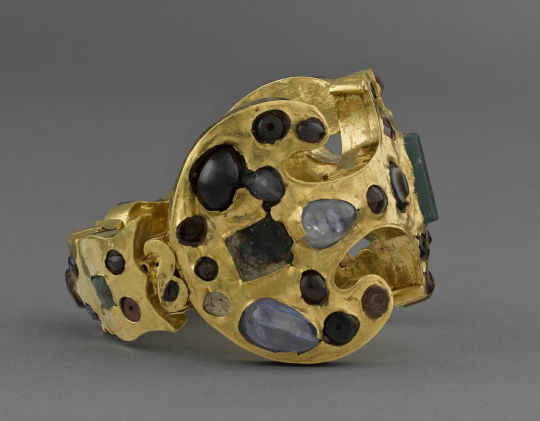
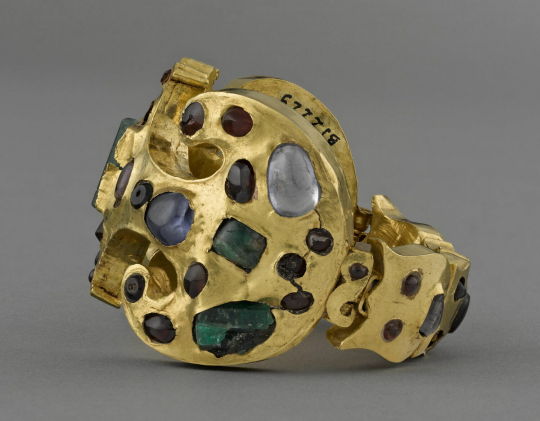

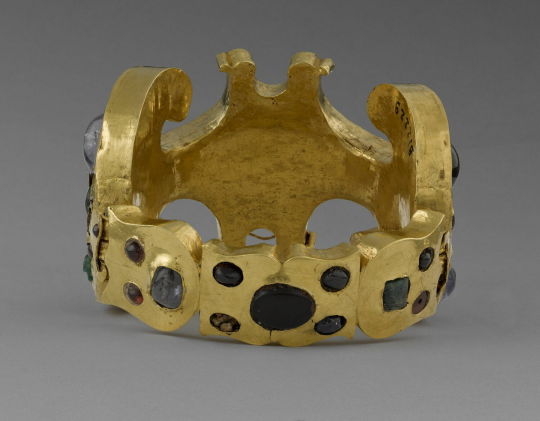
~ Bracelet.
Date: A.D. 175-225
Place of origin: Syria, Yakhmour (Necropolis)
Period: Imperial Roman
Medium: Gold; garnet (colored cabochons distributed over the entire surface of the bracelet), emerald root, sapphire, amethyst, chalcedony, glass.
#ancient#ancient art#history#museum#archeology#syria#yakhmour#necropolis#imperial Period#roman#gold#garnat#bracelet#sapphire#amethysts#a.d 175#a.d. 225
523 notes
·
View notes
Text

THE DAWN OF CIVILIZATION by G. Maspero and edited by A.H. Sayce. Numerous spot illustrations.
The history of Egypt, Chaldea, Syria, Babylonia, and Assyria.

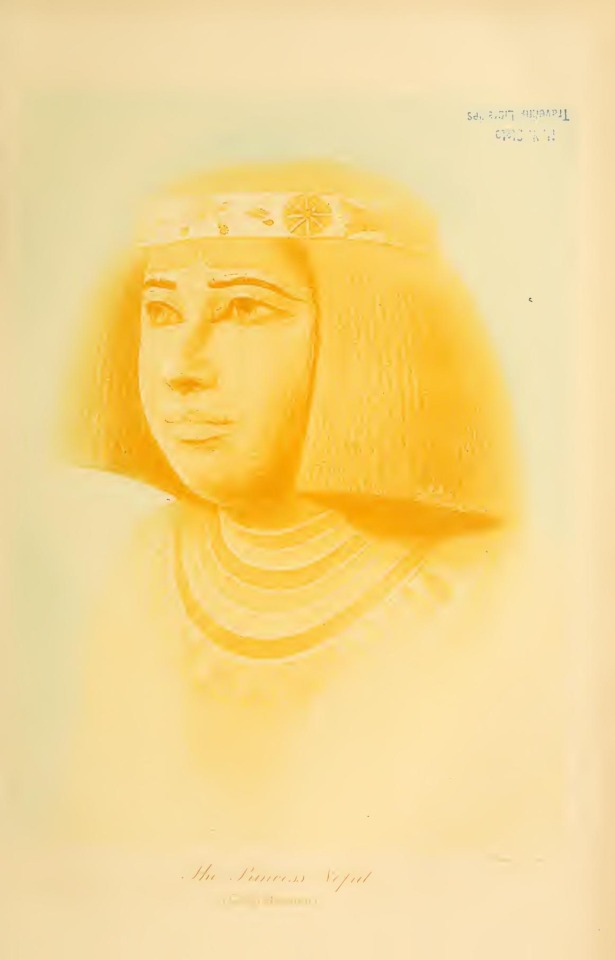
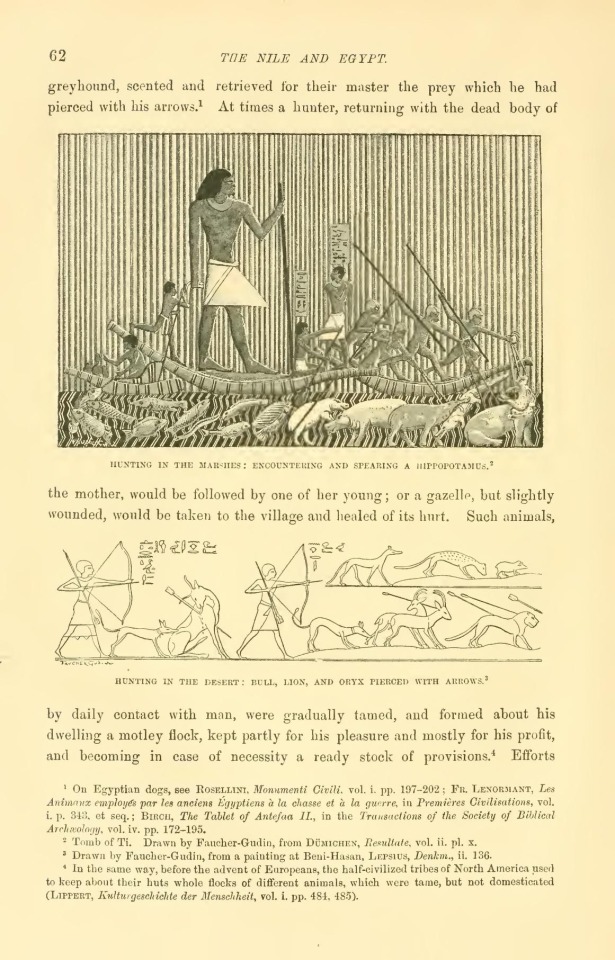

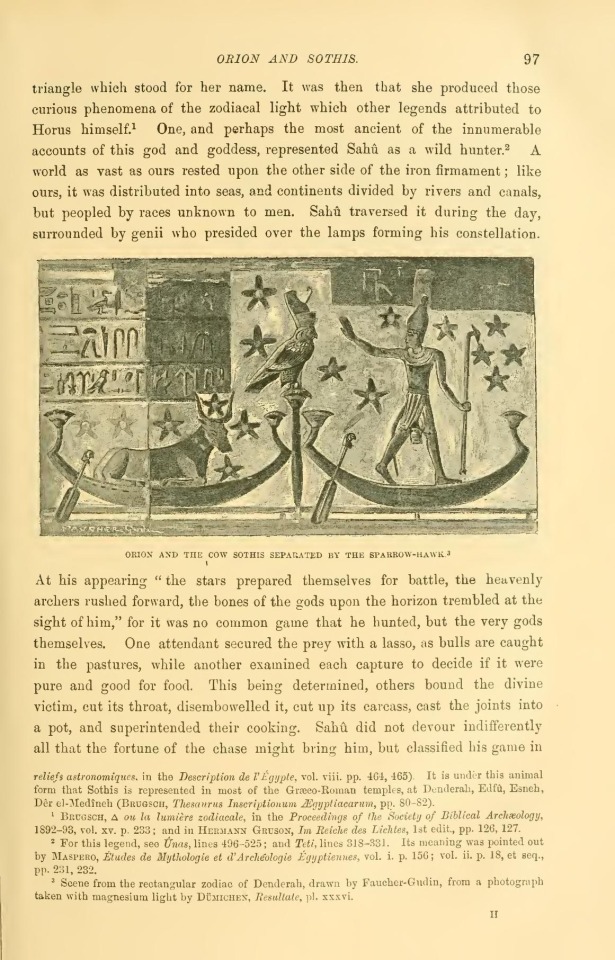
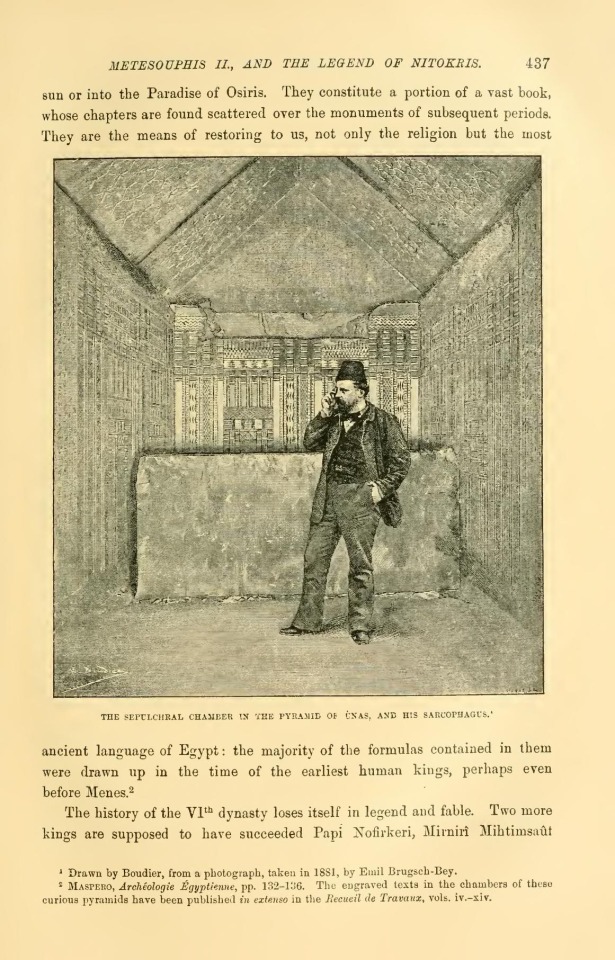
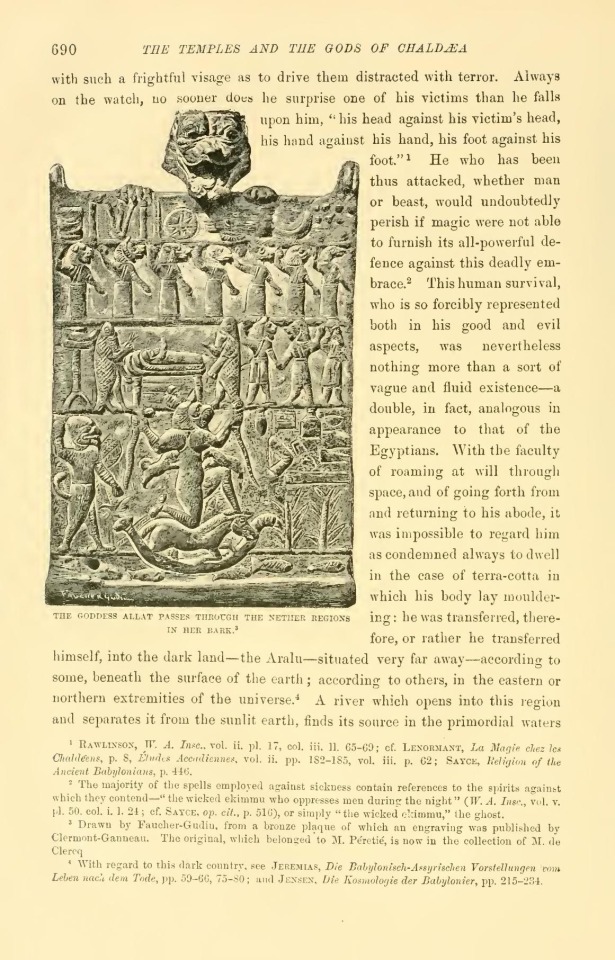

source
#beautiful books#book blog#books books books#book cover#books#vintage books#illustrated book#book design#history#ancient egypt#ancient civilizations#ancient cultures#chaldea#syria#babylonian#ancient assyria
96 notes
·
View notes
Text
Jordan :D
greetings yall! what i love more than my home and heritage and history is yapping about it lol so special thanks to my dearest @sporadicallyanenthusiast whos curiosity and deep desire for knowledge mirrors mine and makes my life all the more wonderful :3
anyway heres a short history of what is now my homecountry of jordan mostly translated from my first year jordan history and civics book lol bc it was presented in nice concise points :]


^^^ jordanian shemagh & national flower; black iris. in typical me fashion i sidetracked so hard and ended up going on a very long and interesting tangent where i started reading about orientalism and will probably be talking about it too after i finish edward saids book and doing some more research on my part (shout out to my super cool parents for being a big part of said research lol) so yeah stay tuned ig
--
The name jordan means decending/ down flowing (there are many hypotheses about the etymology but hebrew & greek is what im going with here), which is a reference to the jordan river that runs from lake tiberias to the dead sea, and is extremely crooked lol.
In arabic its read as al urdun, a cognate to the hebrew yarden, from yarad meaning “the descender”. according to the arabic wiki page it also means severity and dominance which i find quite interesting.
--
the prehistoric civilisations that lived in what is now jordan include:
canaanites (الكنعانية): circa 3000 BC, lived mostly in palestine (ariha, akka, bisan and more). around the same time several semetic peoples established themselves in syria and jordan; phoenicians centred at the coast and the amorites in the west of the euphrates river (modern day iraq)
edomites (الأدومية): circa 2000 BC, their rule extended from al aqaba (southernmost jordan) to wadi hessa in the north and their capital was basirah near al tafilah today
moabites (المؤابيون): 2000-800 BC, from wadi hessa to wadi mujib and dhiban was their capital. Their most prominent king was mesha (who iconically invented my beloved mansaf lmao) whose history was documented on the mesha stele; the longest Iron Age inscription ever found in the region, the major evidence for the Moabite language, and a unique record of military campaigns.
ammonites (العمونيون): from the northeastern moab regions since the 12th century BC, their capital was named amun which is now amman the capital of jordan.
nabteans (الأنباط): between 600-106 AD built its civilisation in the south of jordan and were proficient in agriculture, trade, and stonemasonry; the rose city, petra, is famous for its rock cut architecture. Its also one of the new 7 wonders of the world
the nabteans extended from damascus in the north and were the first to settle in the village of um al jimal near al mafraq, which served as a guard point at the borders of the badiyah/ desert to the west of palestine and reached the banks of the nile. a famous king of theirs was al harith III/ aretas philhellen (friend of the greeks) who surrounded/ sieged jerusalem in 85 BC and his rule (and therefore the independence of the nabtean kingdom) ended when the roman emperor trajan took over syria in 106 AD
roman/ byzantine empire (الحضارة الرومانية و البيزنطية): rome conquered bilad al sham in 63 AD and ruled for 400 years, during which the decapolis was formed; union of 10 hellenistic cities across jordan syria and palestine.
In jordan: philadelphia (amman), gerasa (jerash), gadara (um qais), pella (tabqet fahl), and arabella (irbid) <- my city :3 byzantine rule was confined to the eastern roman empire, and during the era of the emperor constantine (who embraced christianity in 333 AD) the decapolis flourished noticeably with the influx of roman christians who sought refuge there. anyway arts and architecture and irrigation projects and agriculture prospered, christianity became the official religion of the population and churches were built decorated with mosaics to the east and west of the jordan river (which is religiously significant btw to both christianity and judaism) esp during justinians rule (527-565 AD)
Ghassanids (الغساسنة): are of arab origins from yemen who migrated in the late 3rd century AD after the collapse of a great dam known as ma’rib (which I was fascinated to learn was mentioned in the quran in the chapter of saba (sheba) 34:15-17)
anyhow they settled in bilad al sham and took houran as their capital (houran is the name of the area between syria and jordan back in ye olden days when borders didn’t exist). their rule and reach grew slowly till they eventually had tadmur (palmyra) in syria to the euphrates and al aqaba under their control. the official language was arabic but they mastered aramaic as it was the language of trade at the time, dominating the trade routes that linked yemen to bilad al sham. they embraced christianity as well, allying themselves with the byzantines, and their rule came to an end after their amirs/ princes divided among themselves around 584 AD.
--
which brings us to the end of prehistoric civilisations of jordan! thank u for reading this far I appreciate it lol. hope u enjoyed :D
will reblog with the islamic eras of jordan up until the ottoman empire which ill get into someday after I read the two books I bought nearly 2 years ago :')
#palestinian city names bc israel can go fuck itself#jordan#history#ancient civilisations#had way too much fun making this lol#canaanite#edomites#moab#ammonite#nabteans#roman empire#byzantine empire#ghassanids#arabic#hebrew#jordan river#ancient history#damascus#euphrates river#iraq#syria#jerusalem#palestine#yemen#aqaba#petra#unesco world heritage site#barely proofread sdfgfd#ignore the inconsistencies pls#shemagh
18 notes
·
View notes
Text

Fish (Dolphin). Syria or Palestine. 300 to 400 CE.
Los Angeles County Museum of Art.
#Palestine#Syria#syrian history#ancient history#late antiquity#art#culture#sculpture#animals in art#history#Los Angeles county museum of art
16 notes
·
View notes
Text

The Illness of Antiochus, or Antiochus and Stratonice (detail)
by Jean-Auguste-Dominique Ingres
#jean auguste dominique ingres#art#stratonice#antiochus#history#architecture#antiquity#classical#ancient greece#ancient greek#europe#european#asia#empire#hellenic#neoclassical#neoclassicism#mediterranean#seleucid empire#syria#macedonia#macedonian#babylon#greece#greek#queen
219 notes
·
View notes
Text
The Timeless Divas of the Arab World: Icons of Culture and Power.
The Arab world has produced an array of legendary divas whose influence transcends borders and generations. From the enchanting voices of classical music to the bold icons of modernity, these women have shaped Arab culture while challenging societal norms. Their contributions to music, cinema, and even political movements have left an indelible mark not just in the Middle East, but globally. Let’s explore the rich tapestry of the most influential Arab divas whose legacies endure today.
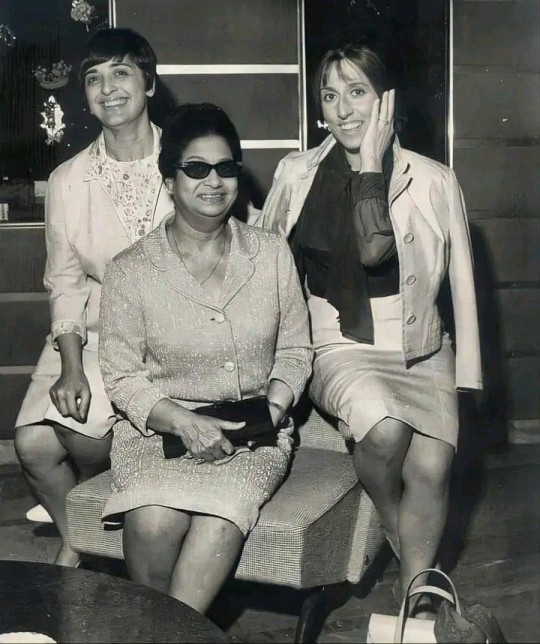
Umm Kulthum: The Voice of Egypt
Often referred to as “Kawkab al-Sharq” (Star of the East), Umm Kulthum’s impact on Arabic music is unparalleled. Born in Egypt at the turn of the 20th century, her powerful voice and unique ability to convey deep emotions made her a beloved figure throughout the Arab world. Her music, grounded in traditional Arabic scales yet modern in its approach, was a source of unity in a politically fragmented region. With songs like Al-Atlal and Enta Omri, Umm Kulthum became not just a cultural figure but a symbol of Arab identity and pride.
Her monthly radio performances in the mid-20th century would bring cities to a standstill. It wasn’t just her mastery of Arabic maqam or her exceptional vocal control that captivated audiences; it was her ability to tell the story of an entire nation through music. She remains an iconic figure, revered across generations as the quintessential Arab diva.
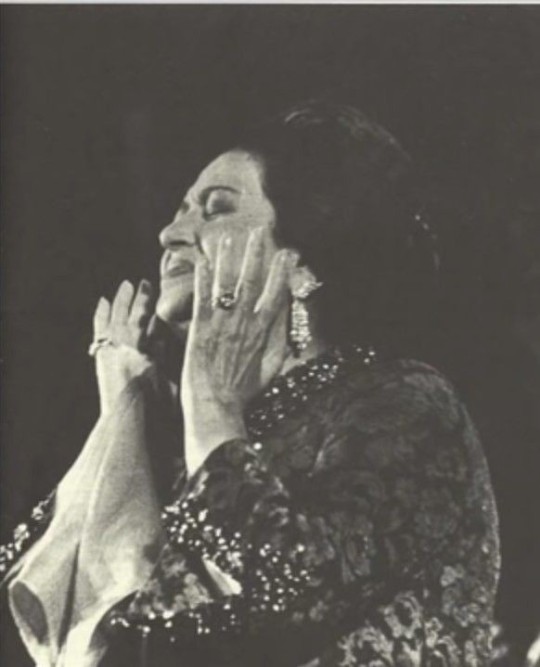

Fairuz: The Eternal Voice of Lebanon
Fairuz, known as the “Jewel of Lebanon,” emerged during a period of immense political upheaval in the Arab world. Her music became synonymous with the resilience and beauty of Lebanon, particularly during the Lebanese Civil War. Her collaboration with the Rahbani Brothers produced timeless classics that blended Western influences with Arabic tradition, a reflection of the cultural crossroads that Beirut represents.
Fairuz’s voice, often described as ethereal, manages to evoke both nostalgia and hope. Her songs like Bint El Shalabiya and Le Beirut are as much personal odes as they are collective anthems for displaced populations and war-torn regions. Today, Fairuz’s music serves as a bridge between the past and present, her voice still celebrated across the Arab diaspora.
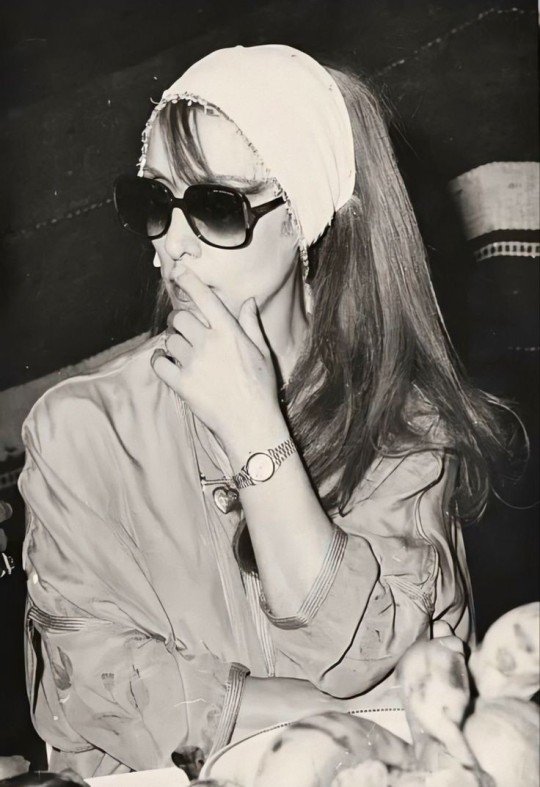

Asmahan: The Tragic Diva
Asmahan, born to a Syrian Druze family in 1912, had a short but highly influential career. Her life was the stuff of legend—drama, intrigue, and an untimely death at the age of 31. With a voice that could effortlessly glide between classical Arabic music and Western operatic styles, Asmahan’s songs reflected the complex identity of a woman navigating multiple cultural worlds. She captivated audiences with songs like Ya Habibi Ta’ala and her starring roles in Egyptian cinema.
Her mysterious death in a car accident has only added to her allure, sparking countless theories and immortalizing her as one of the most enigmatic figures in Arab entertainment history. Her legacy lies in her versatility, her ability to cross genres, and her willingness to push against the confines of traditional gender roles in a conservative society.
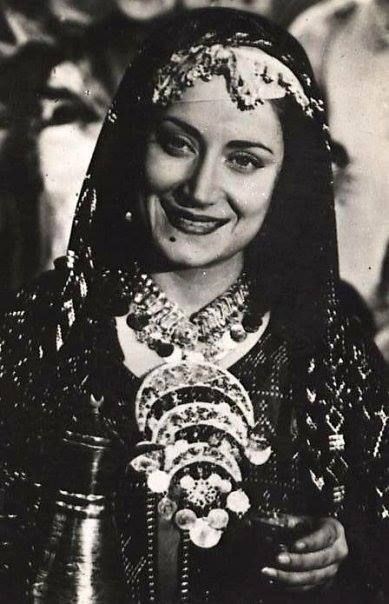
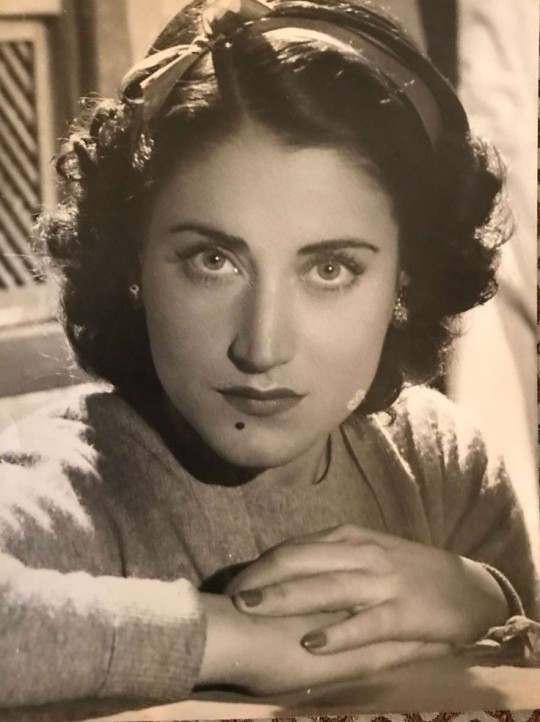
Modern Divas: Sherine and Majida El Roumi
The modern Arab world continues to produce iconic divas who both respect tradition and embrace contemporary trends. Sherine Abdel-Wahab, with her dynamic voice and bold personality, has risen to become a pop sensation across the Arab world. Her music blends traditional Egyptian rhythms with modern pop, making her a standout in today’s competitive industry.
On the other end of the spectrum is Majida El Roumi, whose operatic voice and commitment to classical Arabic music have earned her a loyal fanbase. Majida’s songs are marked by their poetic depth and social consciousness, making her not just an entertainer but a cultural commentator.
Divas as Cultural Icons
The influence of Arab divas goes beyond their musical talents. They are symbols of cultural resilience, often representing the hopes and struggles of their respective countries. Whether through their music, public personas, or political engagements, these women have consistently broken barriers, offering an empowering narrative for future generations.
In a region where social and political upheavals are commonplace, the Arab diva stands as a beacon of continuity, a reminder of the region’s rich cultural heritage. Their voices, whether mournful or joyous, continue to resonate with millions, proving that the power of music knows no bounds.


#coquette#girlblogging#lana del rey#vintage#jane birkin#lizzy grant#60s girl#lanadelrey#girlboss#it girl#lebanon#fairuz#singer#divas#arabian#asmahan#umm kulthum#syria#ancient egypt#egypt#coffee#cigarette#sherine#lebanese#egyptian#modern#arabic#diva#50s#60s icons
22 notes
·
View notes
Text
Excellent use of old hardware.
9 notes
·
View notes
Text
Pillar figurine—Lachish, Judah (now Israel/Palestine), 8th to 7th century BCE

According to the Met: "This type of pillar figurine is typical of those produced in great numbers in the kingdom of Judah at this time. Tell el-Duweir is ancient Lachish, the major fortified center in Judah that was destroyed by the Assyrian army under Sennacherib (701 B.C.). The city's fate is chronicled in the Bible and represented in wall reliefs from the Assyrian palace at Nineveh. This buxom goddess figurine with pillar base is nude and supports her breasts in her hands. The head is simply rendered with a short, tightly curled caplike hairdo articulated in ridges, and the facial features are mold-made and clearly articulated. This imagery and that on clay plaques with nude female figures probably represents fertility or mother goddesses. The figurines are found in domestic contexts and point to popular cults that coexisted with monotheistic Judaism. Outside influences are evident in the religion of ancient Israel and Judah at this time, and Syrian cults focusing on the worship of Asherah may have been an influence. Asherah was the wife of El, head of the Canaanite pantheon, and probably the mother of the gods in Canaanite and later Jewish tradition. Some literary evidence in ancient Israel even speaks of Asherah as the consort of Hashem [the Met includes the tetragrammaton here] himself."
Here are some other female figurines in the Met's collection that use similar poses and come from surrounding areas.

This statue from northwestern Iran in the early first millennium BCE.

^ This Mesopotamian or Syrian figure from much earlier, around 5600-5000 BCE.

^ This Neo-Elamite part of a vessel from Southwestern Iran around the same time as the Judean Pillar Statues (8th-7th century BCE).

Another vessel in the shape of a woman from Northwestern Iran, also around the time of the Judean Pillar Statues (9th-7th century BCE).
#judean pillar statues#jewish history#ancient art#ancient history#jewish#jewish art#israel#israel/palestine#iran#ancient iran#mesopotamia#judah#ancient syria
16 notes
·
View notes
Text

Palmyra. Temple of Baal. Main entrance showing engaged fluted columns.
Learn more / Daha fazlası https://www.archaeologs.com/w/palmyra/
#archaeologs#archaeology#archaeological#history#dictionary#architecture#palmyra#syria#mediterranean#ancient cities#temple of baal#columns#arkeoloji#tarih#sanat#palmira#akdeniz#suriye
69 notes
·
View notes
Text
Coin of the Day #236 (12/26/2025)
One of the nicest Augustus portraits I’ve had…


Roman Province - Syria
AE28 - 12.68g
Augustus 27 BC - 14 AD
Uncertain Mint
Obverse CAESAR
Head of Augustus right
Reverse AVGVSTVS
In laurel wreath
RPC I 4100
#coin of the day#roman empire#roman province#ancient rome#augustus#syria#roman coins#numismatics#coin#coins#ancient coins
8 notes
·
View notes
Text

Ancient ruins of Palmyra, Syria
French vintage postcard
#postal#historic#french#ansichtskarte#sepia#vintage#tarjeta#ruins#briefkaart#photo#ancient#postkaart#ephemera#postcard#postkarte#palmyra#photography#syria#carte postale
8 notes
·
View notes